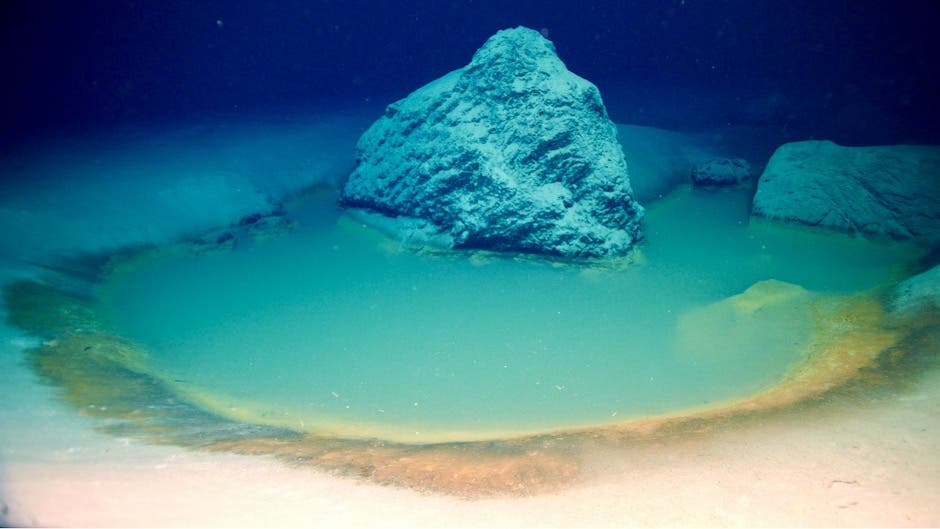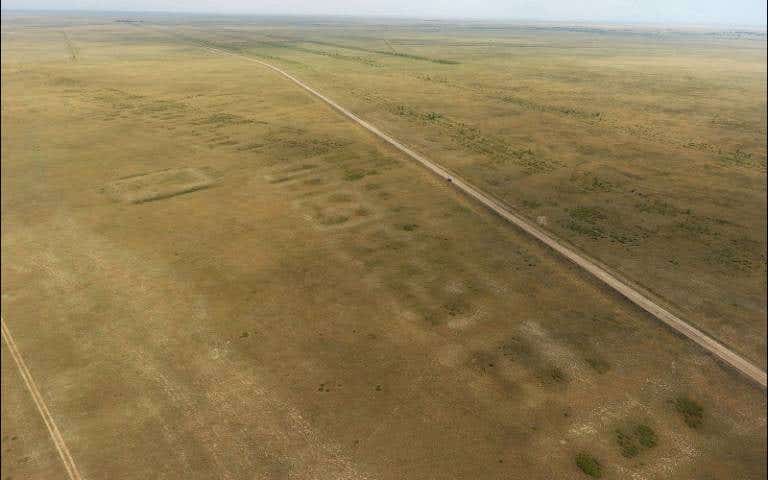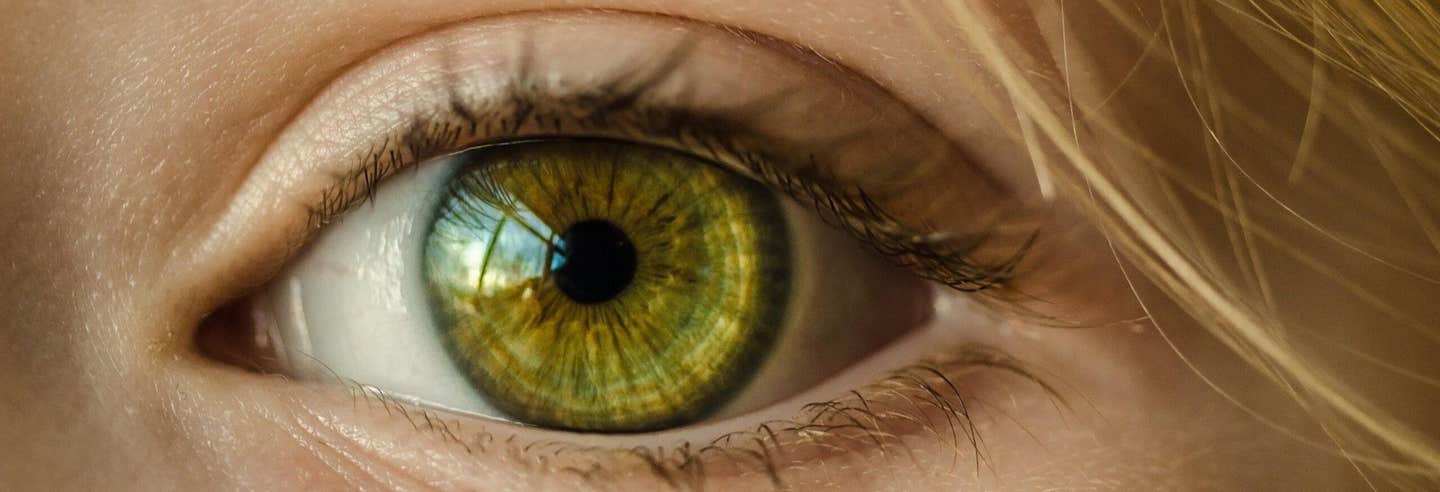Hidden ‘Death Pool’ in Red Sea could unlock secrets of alien life
These highly salty underwater lakes offer valuable insights into how Earth’s oceans formed millions of years ago

Brine pools are one of the most extreme environments on Earth, yet despite their high salinity, exotic chemistry, and complete lack of oxygen, these pools are teeming with life. (CREDIT: CC BY-SA 3.0)
Researchers at the University of Miami's Rosenstiel School of Marine, Atmospheric, and Earth Science have recently uncovered rare deep-sea brine pools in the Gulf of Aqaba, a northern extension of the Red Sea. These highly salty underwater lakes offer valuable insights into how Earth's oceans formed millions of years ago and could provide clues about life on other planets.
The discovery was made by Sam Purkis, a professor and chair of the UM Department of Marine Geosciences, and his team in collaboration with OceanX. They used a remotely operated underwater vehicle (ROV) aboard the OceanXplorer, OceanX’s advanced marine research vessel, to explore more than a mile beneath the sea surface (1,770 meters).
“Understanding the limits of life on Earth is crucial for determining whether alien planets could support living beings,” Purkis explained. The team discovered a rich community of microbes thriving in extreme environments, which could help scientists define the boundaries of life on Earth and apply that knowledge to the search for life elsewhere in our solar system and beyond.
Brine pools are among the harshest environments on Earth. Despite their high salinity, unusual chemistry, and complete lack of oxygen, these pools are full of life. In the past, scientists have isolated bioactive molecules with potential anticancer properties from microbes found in brine pools.
Deep-sea brine pools form when very salty water gathers in dips on the ocean floor. These pools are found in the Gulf of Mexico, the Mediterranean Sea, and the Red Sea. Even in these areas, brine pools are rare, with only a few dozen discovered across all three locations. They are also small compared to the large bodies of water they’re in, usually covering just a few hundred square meters to a few square kilometers.
Related Stories
Despite being rare and small, brine pools are rich in life, especially in deep-sea environments where there usually aren’t many species. Scientists are very interested in these pools because they have no oxygen, are very salty, and have low pH levels.
These extreme conditions might offer clues about how life started on Earth and could help in the search for life on other planets. The brine pools in the Red Sea are particularly important because they contain special microbes that can produce molecules with potential medical benefits, like fighting bacteria and cancer.
The Red Sea has the most brine pools of any place in the world. These pools formed when salt deposits, left behind as the sea evolved millions of years ago, dissolved into the water.
There are two main types of brine pools in the Red Sea. The first type is found in deep areas over 1,000 meters down, along the rift where the sea floor is spreading. There are at least 25 of these deep brine pool complexes, and they are all warmer than the surrounding seawater and lack oxygen.
The second type is found on the shallower coastal shelf, less than 850 meters deep. Only two brine pools belong to this second group, both located off the coast of Saudi Arabia. Like the deep pools, these are also warmer than the surrounding water and have no oxygen.
In 2020, during a research expedition by the R/V OceanXplorer, scientists discovered a new complex of brine pools at a depth of 1,770 meters in the Gulf of Aqaba. This was the first discovery of brine pools outside the Red Sea itself.
Named the NEOM Brine Pools after the Saudi company that supported the research, these pools are different from others because they are just 2 kilometers from the coast, much closer than any other known brine pools. Because of their location, the NEOM pools might contain sediments that record past natural events like tsunamis, flash floods, and earthquakes in the Gulf of Aqaba.
This research, published in Nature Communications, marks the first time brine pools have been discovered in the Gulf of Aqaba.
Purkis described the discovery as a stroke of luck, occurring in the last five minutes of a ten-hour ROV dive dedicated to the project.
Located close to the coastline, these extremely salty, oxygen-free pools preserve records of tsunamis, flash floods, and earthquakes that occurred in the Gulf of Aqaba thousands of years ago. The seabed in this region is filled with faults and fractures due to tectonic activity, providing a unique window into the region's geological history.
Note: Materials provided above by The Brighter Side of News. Content may be edited for style and length.
Like these kind of feel good stories? Get The Brighter Side of News' newsletter.



